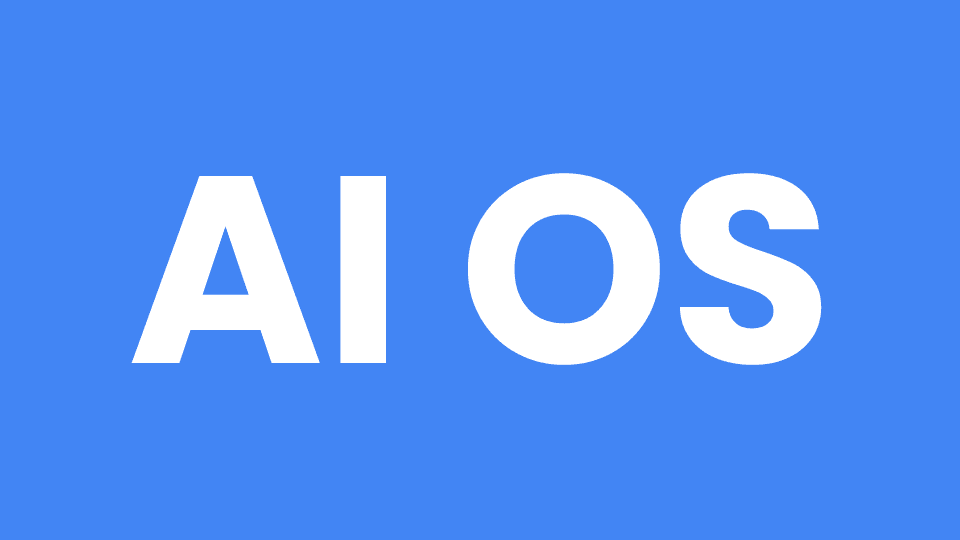As the demand for large language models (LLMs) continues to grow, so does the need for efficient and cost-effective deployment solutions. One of the major barriers to profitability and scalability is the high compute demand of these models, resulting in exorbitant cloud costs. This is where quantization comes in. Quantization is a technique that maps large sets to smaller sets, reducing model size and computational costs. However, quantization can sometimes result in reduced accuracy, defeating the purpose of using LLMs in the first place.
This article discusses what Quantization is and why it is challenging. If you’re already familiar with LLM Quantization, you might be interested in reading our approach to Quantization and how picoLLM makes models smaller without sacrificing accuracy.
What is Quantization?
In mathematics, Quantization refers to the process of mapping input values from a large set to a smaller set. In deep learning, Quantization involves substituting floating-point weights and/or activations with low-precision compact representations. This reduces the memory size and computational cost of using neural networks, making them more suitable for everyday applications. Quantization is one of several optimization methods for reducing the size of neural networks while achieving high-performance accuracy.
Challenges of Quantization
Quantization introduces several challenges when using low-precision integer formats. The limited dynamic range of these formats can lead to a loss of accuracy when converting from higher-precision floating-point representations. For example, squeezing a high dynamic range of FP32 into only 255 values of INT8 or 15 values of INT4 can result in significant accuracy loss.
Quantization Techniques
There are two main weight Quantization techniques: Post-Training Quantization (PTQ) and Quantization-Aware Training (QAT). PTQ involves quantizing a model after it has been trained, while QAT involves fine-tuning the model with quantization in mind. QAT is a more computationally expensive approach that requires representative training data, but it leads to better model performance.
picoLLM GYM leverages Quantization-Aware Training, enabling enterprises to train small and efficient models.
Post-Training Quantization doesn’t require re-training. It is less expensive and time-consuming. Widely-used quantization technique GPTQ falls into this category and offers a promising solution for reducing model size while preserving accuracy to a certain degree.
picoLLM Compression is also a post-training method. Unlike GPTQ, which leverages a fixed bit allocation scheme, picoLLM Compression automatically learns the optimal bit allocation strategy across and within LLM's weights. Thus, picoLLM Compression preserves model performance more while shrinking its size.
Compare the performance of picoLLM against GPTQ using the Open-source LLM Compression Benchmark
Conclusion
Quantization is a powerful technique for reducing the size and computational costs of LLMs. By understanding the principles of quantization and its applications, developers can unlock the full potential of LLMs and deploy them more efficiently and cost-effectively. If you’re interested in working with LLM Quantization experts, contact Picovoice Consulting.







